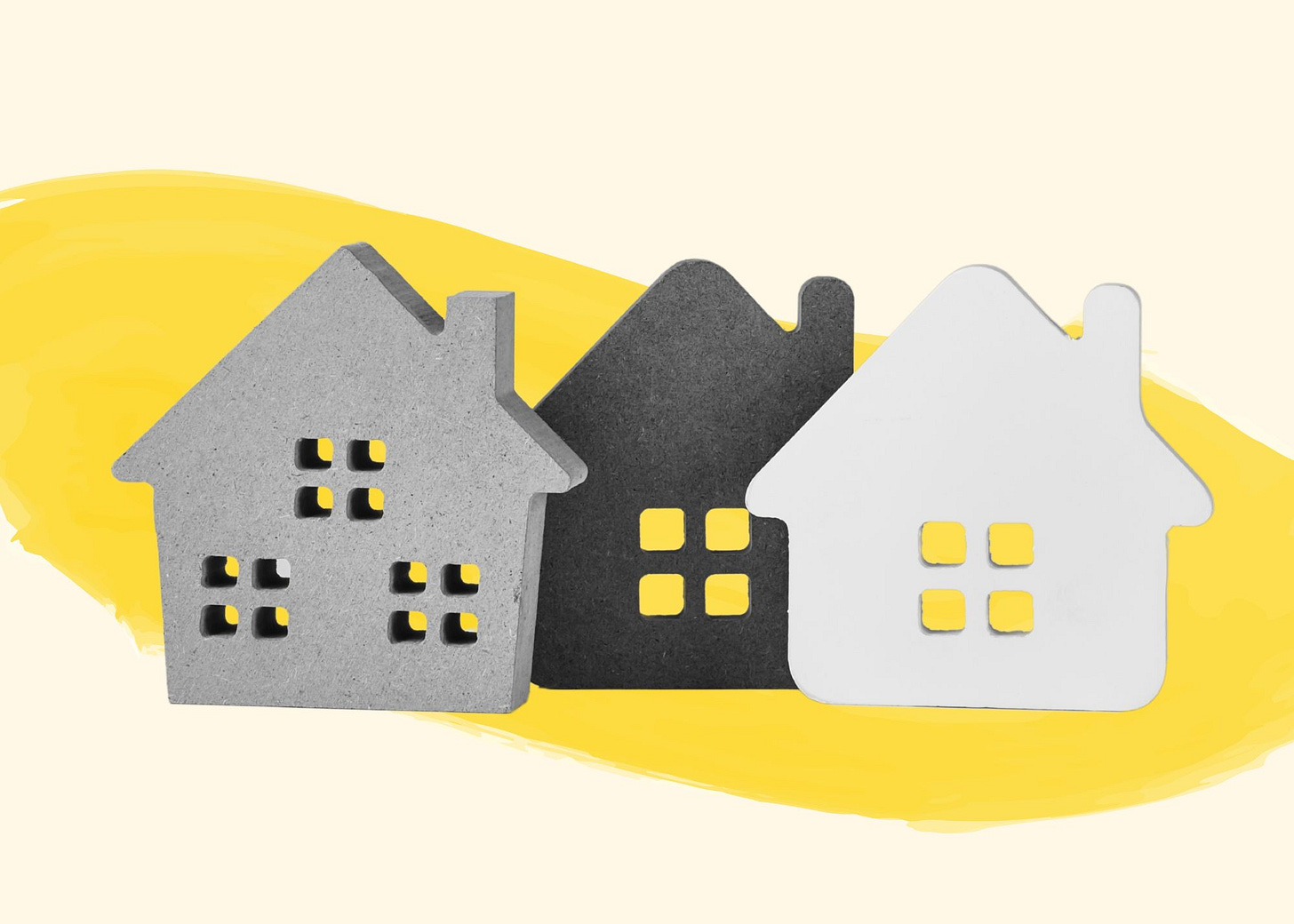There’s a trend I’ve spotted in publishing, and suddenly I’m seeing it everywhere. From Booker and Women’s Prize nominated Yael van der Wouden’s The Safekeep and Silvia Saunders’ Homesick to Róisín Lanigan’s I Want To Go Home But I'm Already There, literature in 2025 is tackling the question: What makes a home?
The reason I’m inordinately savvy about this current publishing zeitgeist? Well, as it happens, I just finished a novel manuscript exploring a similar question. My main character and I have learnt some important lessons over the past two years.
Let me explain. The most obvious image that comes to mind, when we think of home, is a physical space: the house with a pitched roof (think 🏠) that almost none of my contemporaries live in in London. A non-slip doormat or an IKEA Billy bookcase. The glossy influencer you follow on Instagram. But that’s little more than symbolic cultural shorthand.
Home is a feeling, as well as a physical reality: the lock in the door you turn your keys in every day; the pillow you put your pyjamas underneath; the cup you place your toothbrush in. Etymologically, ‘home’ comes from root words like: ‘dwelling’, ‘to lie down and settle’, ‘family’, ‘to be at rest’, ‘fixed residence’. Our emotional experience of home is just as inherent to its definition as its physical form.
Keep reading with a 7-day free trial
Subscribe to The Shoulds by Francesca Specter to keep reading this post and get 7 days of free access to the full post archives.



